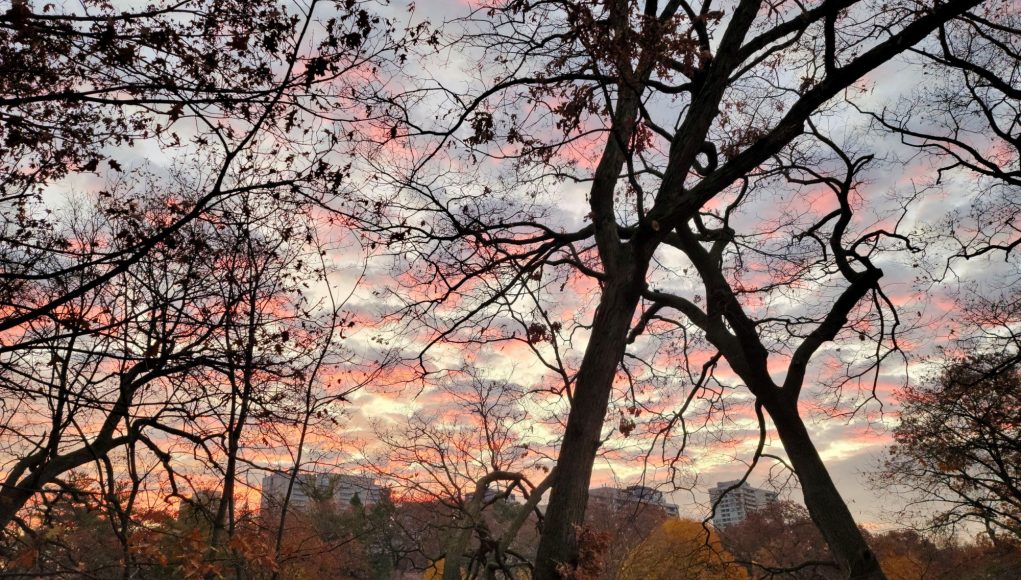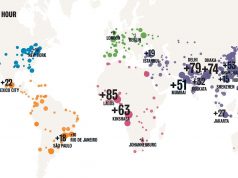How can thinking about forests and cities as innately connected improve our world? In massively changing times, forces that affect us all can provide new insights into old problems. The barked project is a response to some of those problems. It is an ongoing experiment in making the invisible connections that shape our world, visible.
Let me explain its evolution. Architects embrace wood as a building material that is both beautiful and sustainable. But wood and the forests that provide it are more than design commodities. They are part of a living system that is baked into our DNA. It is primordial.
The barked project (a spin-off of MESH Cities) was born from ideas inspired by Mitchell Joachim of Columbia University. Joachim experiments with building systems that are grown organically rather than manufactured in traditional, carbon intensive ways. That insight helped inform the global zerofootprint “zeroprize” competition I led which was founded by Dr. Ron Dembo in partnership with the World Urban Forum. The zeroprize identified and celebrated building retrofits that save energy on a global scale.
Together, those influences fueled barked’s mission to document the world’s oldest trees because their bark might offer biomimetic solutions for designing and building sustainably. While that more instrumental legacy continues, revealing the beauty of these trees as unique, poetic objects grew in importance. Their complexity and individuality is captured in photographs that offer a quiet minimalism (see the attached images).
As the barked portfolio grew, my awareness of the similarities between ancient forests and responsive, 21st century cities grew with it. For example, new research reveals how forests are dynamic, intelligent systems. They offer powerful models that city designers can learn from.
Canadian researcher Suzanne Simard proved that rather than being passive objects trees are dynamic members of complex communities. Trees talk to one another. The similarities to human communities are striking, an observation that forester Peter Wohlleben’s book, The Hidden Life of Trees, explains. He notes that trees and forests have human-like characteristics. Trees create supportive social networks just like we do. They protect one-another. They respect their elders too. Trees are to forests as people are to cities.
One of the most surprising insights emerging from the city-forest symbiosis is that pre-Columbus North American communities possessed an understanding of sustainable forest systems that surpasses our own. In his book, 1491, Charles C. Mann outlines how the early inhabitants of America shaped forests and landscapes for their long-term benefit. In effect, the forest landscapes Europeans took as natural when they landed in the Americas were anything but. 1491 is an important reference for city designers because it illustrates how terraforming a sustainable environment—on a massive scale—has been done before and can be done again.
The barked project’s mission is to both protect and learn from the world’s oldest, biggest, and most majestic trees. Its images are signposts, even signifiers of the liminal boundaries between the worlds we inherit and the worlds we shape through design. In this time of a great reset, the world’s oldest living creatures offer lessons that can lead us to a sustainable future, if we let them.







